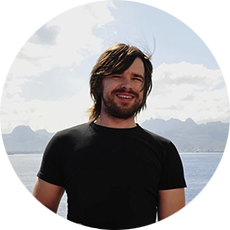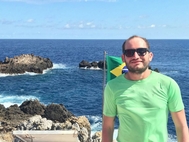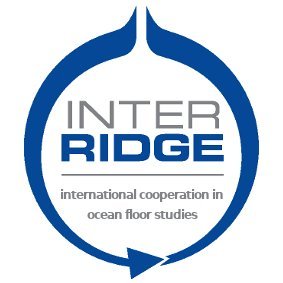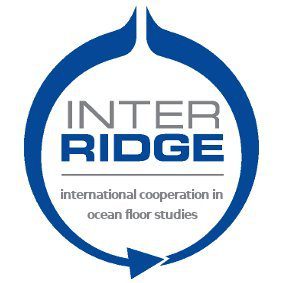InterRidge Fellows 2019
As every year the InterRidge student and Postdoctoral Fellowship Program continues to play an important role in the careers of young ocean scientists. There was a high number of proposals submitted this year and we are pleased to award two early-career researchers in this call.
The recipients of this year’s InterRidge Fellowships are Jakub Ciążela ( a post-doc at Polish Academy of Sciences,Wrocław, Poland) and Guilherme Weber Sampaio de Melo (a graduate student at Federal University of Rio Grande do Norte, Brazil)
Jakub Ciążela (a post-doc at Polish Academy of Sciences,Wrocław, Poland)

Jakub Ciazela obtained his BSc degree in geology from the Adam Mickiewicz University in Poznan (2012) followed by MSc (2015) and PhD (2018) degrees in mineralogy from the Leibniz University Hannover. Currently at the Polish Academy of Sciences, he is an igneous petrologist and geochemist committed to explore global mechanisms of metal migration and local ore-forming processes in various geological settings. He is especially interested in important yet hardly accessible domains such as the Earth’s mantle and lower oceanic crust, or Martian surface. Currently, he is working mostly with meteorites and remote sensing data from the Tharsis volcanic province on Mars (ExoMars mission), as well as with lower crustal rocks from Atlantis Bank at the Southwest Indian Ridge (IODP Expedition 360). He was a shipboard scientist on Joides Resolution during IODP Expedition 360 that initiated the
Borehole U1473A aiming to drill through the crust-mantle boundary into Earth’s mantle. In his recent works published in Geology (2017) and Geochimica et Cosmochimica Acta (2018), he demonstrated that the reaction of melt with mantle rocks plays a key role in the transport of metals through the slow-spread oceanic lithosphere. This discovery is important from an economic point of view, since it can explain why large deposits of massive sulfides form along the ocean ridges with slow spreading rates. Although the sulfide deposits occur mostly on the seafloor, metals migrate to the surface from deeper portions of the oceanic lithosphere. To better understand this migration and sulfide deposit distribution, in the frame of his InterRidge Fellowship he will study deep sulfide-rich gabbroic rocks discovered during recent IODP drilling operations into the lower oceanic crust of the Southwest Indian Ridge and available at the IODP Kochi repository in Japan.
Guilherme Weber Sampaio de Melo (a graduate student at Federal University of Rio Grande do Norte, Brazil)

Guilherme received his BSc. in physics from Federal University of Rio Grande do Norte (2016). Since 2017, he has been studying a second BSc. in Geophysics, and in parallel he has been ending his MSc. in Geodynamics and Geophysics from Federal University of Rio Grande do Norte, advised by Dr. Aderson Farias do Nascimento. He did part of his master’s research at Institut Universitaire Européen de la Mer (2018) with the advisor of Dr. Marcia Maia and Dr. Julie Perrot. Selected honors include a Best Geoscience Paper Award Winner from the Federal University of Rio Grande do Norte (2015), and a prestigious grant from the Scientific Committee on Ocean Research (SCOR), in 2019.
He will use the InterRidge Fellowship funds ward to develop his research at Scripps Institution of Oceanography, United States, under the supervision of Dr. Ross Parnell-Turner.
He is fascinated by seismicity that occurs in oceanic crust, specifically in transform faults of the Atlantic Ocean. He would like to understand the correlation between aspects provided by the earthquakes and the geodynamic, geophysical and geological features of hypocenter source region. He has focused his investigation on the St. Paul Transform System, at Equatorial Atlantic, but he is open to new research and collaboration on any other oceanic areas. He says: ‘I am very grateful for the ward that the InterRidge Fellowship Program has given me. This finance will help me to work my project in which I will investigate the variations of Pn wave velocity in St. Paul Transform System and other transform faults around. This can provide valuable clues about the thermal and compositional structure of the upper mantle.’

